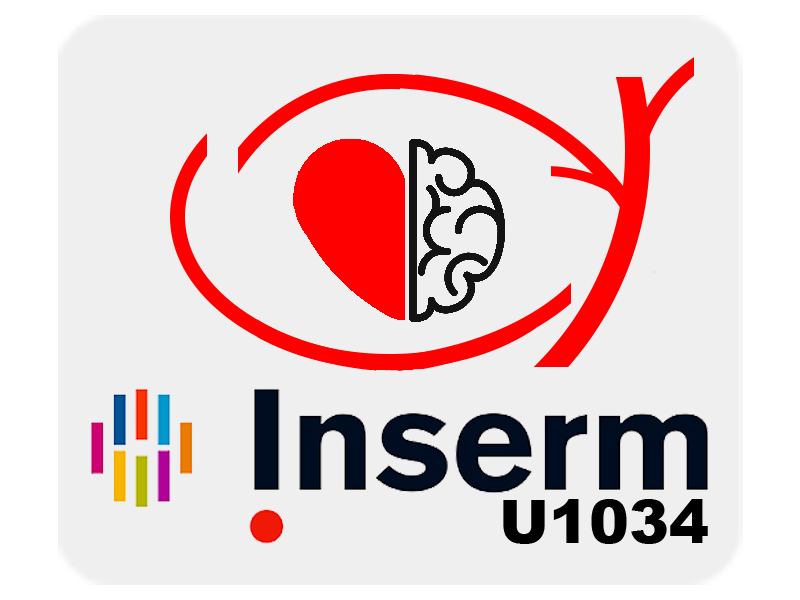Penetration of linezolid and tedizolid in cerebrospinal fluid of mouse and impact of blood-brain barrier disruption.
Résumé
Penetration of antimicrobial treatments into the cerebrospinal fluid is essential to successfully treat infections of the central nervous system. This penetration is hindered by different barriers, including the blood-brain barrier, which is the most impermeable. However, inflammation may lead to structural alterations of these barriers, modifying their permeability. The impact of blood-brain barrier disruption on linezolid and tedizolid (antibiotics that may be alternatives to treat nosocomial meningitis) penetration in cerebrospinal fluid (CSF) remains unknown. The aim of this study is to evaluate the impact of blood brain barrier disruption on CSF penetration of linezolid and tedizolid. Female C57BI/6 J mice were used. Blood-brain barrier disruption was induced by an intraperitoneal administration of lipopolysaccharide. Linezolid (40 mg/kg) or tedizolid-phosphate (20 mg/kg) were injected intraperitoneally. All the plasma and CSF samples were analyzed with a validated UPLC-MS/MS method. Pharmacokinetic parameters were calculated using a non-compartmental approach based on the free drug concentration. The penetration ratio from the plasma into the CSF was calculated by the AUC (Area Under Curve) ratio (AUC/AUC). Linezolid penetration ratio was 46.5% in control group and 46.1% in lipopolysaccharide group. Concerning tedizolid, penetration ratio was 5.5% in control group and 15.5% in lipopolysaccharide group. In conclusion, CSF penetration of linezolid is not impacted by blood-brain barrier disruption, unlike tedizolid, whose penetration ratio increased.
| Origine | Fichiers éditeurs autorisés sur une archive ouverte |
|---|






